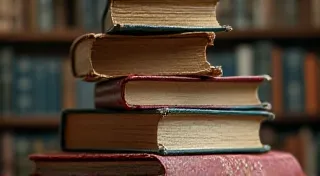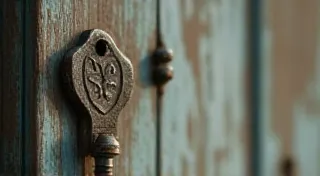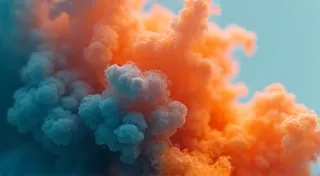The Crystalline Cadence: Developing a Unique Calligraphic Voice as a Left-Handed Artist
For the left-handed calligrapher, the journey is often shadowed by a feeling of difference. We see the graceful sweep of right-handed masters and often grapple with the frustrating reality of ink smudging, awkward hand positions, and the constant feeling of swimming upstream. But that very difference, that unique challenge, isn't a hindrance; it's the forge where a truly individual calligraphic voice is born. It’s an opportunity to move beyond imitation and craft something utterly your own, embracing imperfection as a vital part of the beauty.
I remember as a child being utterly captivated by an antique accordion my grandfather kept in his workshop. It wasn't particularly valuable; its bellows were cracked, and some keys were stubbornly silent. Yet, the intricate carvings, the feel of the aged wood, the sheer *presence* of it spoke of countless melodies, of celebrations and stories held within its frame. Restoring it felt less about fixing a broken instrument and more about honoring the craftsman who’s hands had shaped it, the musicians who had poured their souls into its keys, and the history that resonated within its mechanism. Similarly, as a left-handed calligrapher, we shouldn’t strive to replicate the established forms. We should instead honor the lineage of calligraphy while forging a path distinct from the conventional.
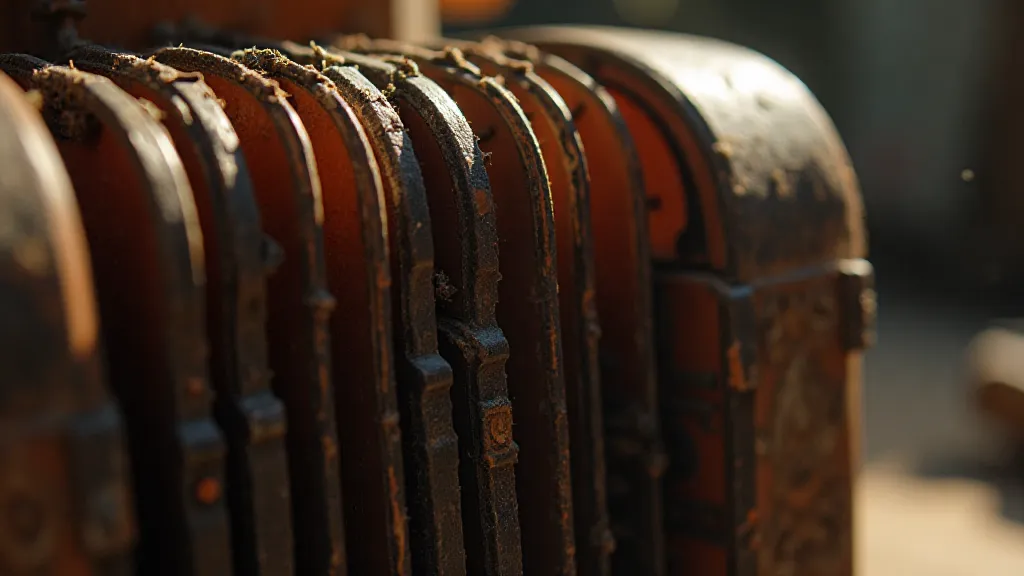
The Weight of Tradition, The Freedom of Difference
Historically, calligraphy has been dominated by a right-handed perspective. The tools, the techniques, the very posture assumed are often designed with a right-handed bias. This isn't a conspiracy; it's simply the consequence of historical precedent. But that doesn't mean we, as left-handed artists, are destined to remain mere echoes. Quite the contrary. Our challenges demand that we rethink, that we adapt, that we invent. Consider the evolution of musical instruments. The early piano, for example, was far less refined than the instruments we know today. Its design was born of experimentation, of constant adjustments made to suit the evolving needs and desires of musicians. Similarly, our left-handed calligraphy style can emerge from a process of continual refinement and adjustment.
Decoding the Smudge: Understanding the Physics and Finding Solutions
The most immediate challenge, and often the most frustrating, is ink smudging. This isn’t merely an inconvenience; it's a consequence of physics. As a left-hander, you're dragging your hand across the wet ink, literally pushing it outwards. Right-handed calligraphers pull, typically allowing the ink to dry slightly before their hand passes over it. There are, of course, practical solutions: using faster-drying inks, rotating the paper (a technique that truly embraces the 'left-hand' perspective!), and meticulously cleaning your hand after each stroke. But the smudge, even minimized, can become a signature – a subtle texture that adds character and a uniquely "left-handed" feel to your work. Learn to see it not as a flaw, but as a deliberate artistic choice.
Beyond Technique: The Soul of the Script
Technical proficiency is crucial, of course. Mastering basic strokes, understanding letterforms, and developing a consistent hand are all essential. But technique is merely the scaffolding upon which your individual style will be built. True artistry lies deeper – in your perspective, in your emotional connection to the script. Think about the great master calligraphers. Their skill was undeniable, but it was their *voice* that resonated – their ability to convey emotion, to tell a story through the curve of a letter.
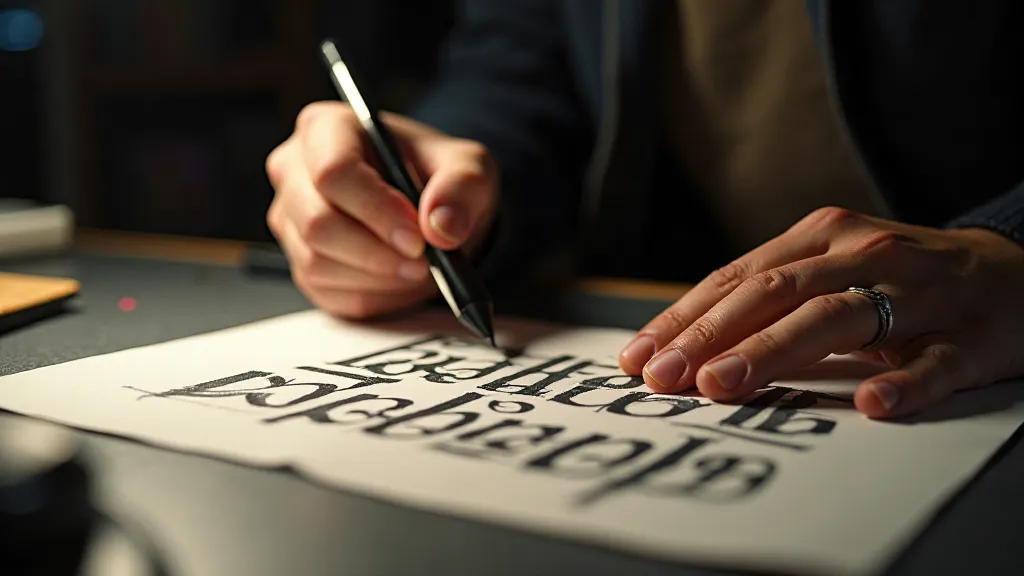
Think about the concept of 'wabi-sabi’ in Japanese aesthetics. It celebrates the beauty of imperfection – the cracks in pottery, the rust on metal, the unevenness of a natural form. It's a philosophy that encourages us to find beauty in the things that are flawed, unique, and transient. As a left-handed calligrapher, we can embrace this philosophy wholeheartedly. Our smudges, our quirks, our individual style are not imperfections to be eradicated; they are the hallmarks of our unique voice.
The Accordion's Whisper: Connecting Craft, History, and Personal Expression
My grandfather’s accordion, even in its imperfect state, held a certain magic. It wasn’s just an instrument; it was a tangible link to a history of craftsmanship, of musical traditions, of human expression. Similarly, our calligraphy, even when influenced by established styles, can become something far more personal. It can be a reflection of our individual experiences, our emotions, our perspectives.
Consider the act of restoring an antique object. The goal isn't to make it new; it’s to reveal the beauty that already exists within it. To stabilize the structure, clean the surfaces, and preserve the patina of age. As left-handed calligraphers, we can adopt a similar approach to our own style. We can draw inspiration from the masters, learn their techniques, but ultimately, we must imbue our work with our own unique voice.
Cultivating Your Calligraphic Voice: A Process of Exploration
Developing a unique calligraphic style is a journey of constant exploration. It requires experimentation, patience, and a willingness to embrace failure. Try different tools, different inks, different papers. Play with letterforms, spacing, and composition. Don’t be afraid to break the rules. Most importantly, be honest with yourself. What do *you* want your calligraphy to say? What feeling do you want to evoke?
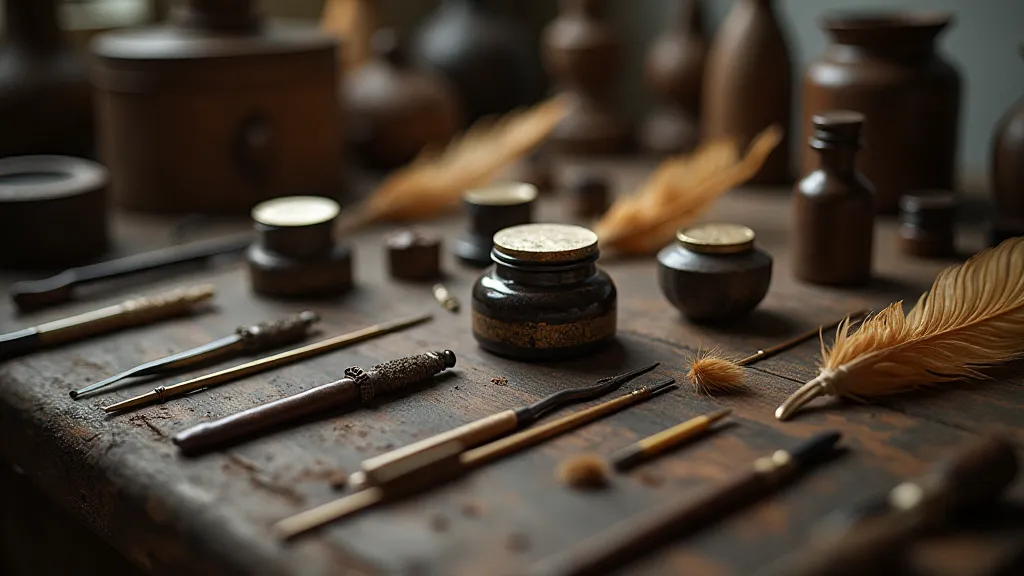
Remember the whisper of my grandfather's accordion, the resonance of its history, the character etched into its weathered frame. That’s the cadence you, as a left-handed artist, can strive to capture – a crystalline clarity of voice, born from the challenges, the imperfections, and the unique perspective that defines your individual journey as a calligrapher. Let your calligraphy tell *your* story.
